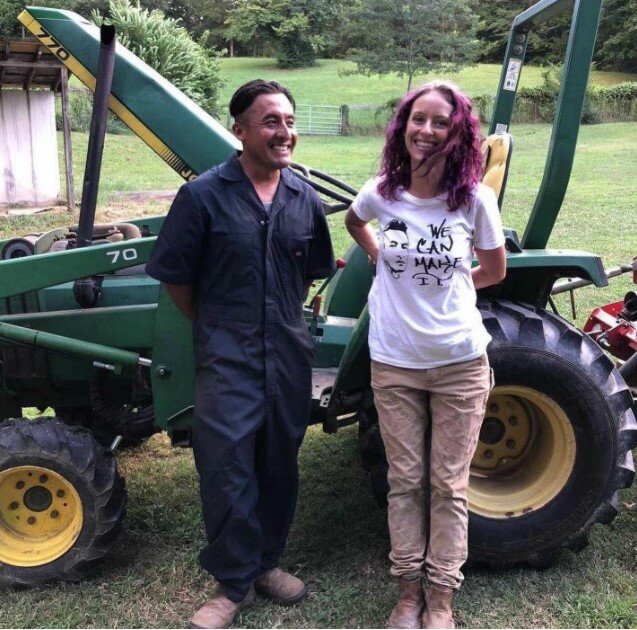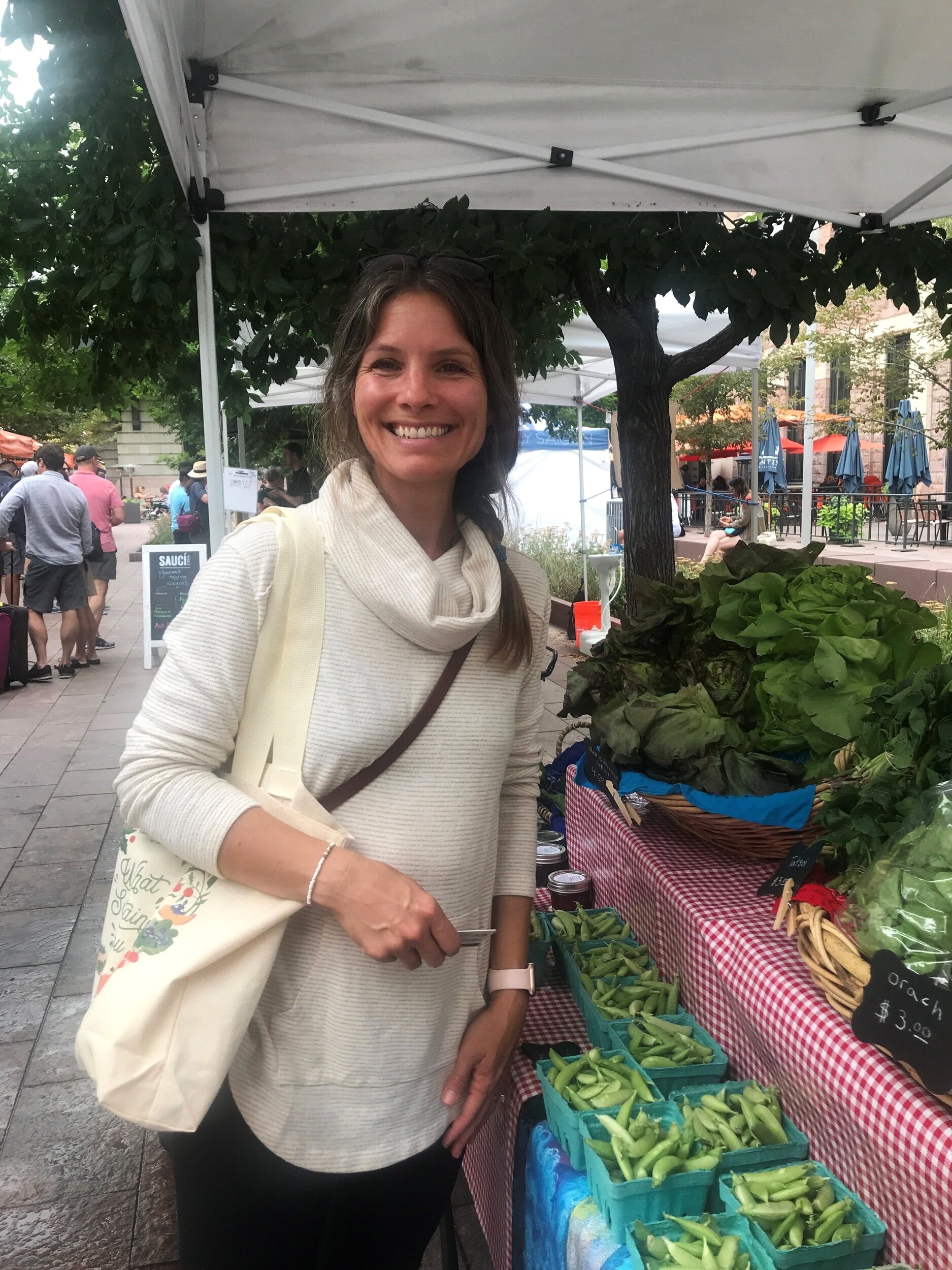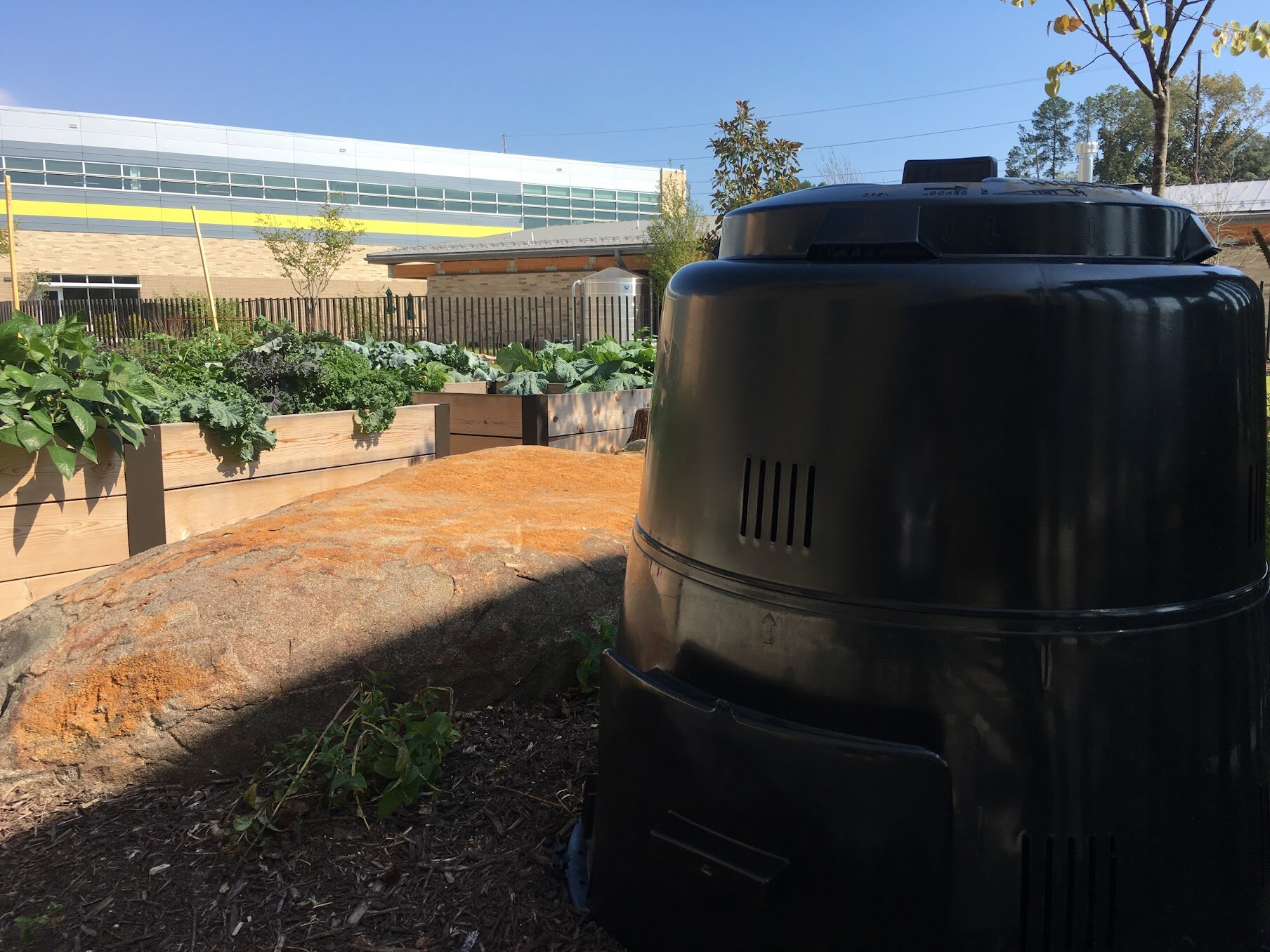By Ashley Dowling
Ashley Dowling is the former Events Manager and Conference Coordinator at Georgia Organics.
Georgia Organics has always been a convener. For more than 23 years, we have brought people together from every corner of our state and beyond for good food events and, most notably, for our annual Conference & Expo.
While nothing sounds better than coming together for a weekend at the annual Georgia Organics Conference & Expo, the pandemic has challenged us to continue to re-envision our work.
For another year, Georgia Organics has decided we will not be hosting a conference in February of 2022. While we are saddened to share this news, we are excited to continue our Good Food for Thought programming year-round.
We launched Good Food for Thought (gfft.georgiaorganics.org/) to continue our role as a convener by providing opportunities for learning and connection year-round, through panel discussions and webinars along with video resources, digital toolkits, podcast episodes, and more.
Since the program’s launch in August 2020, we have hosted over 25 virtual events engaging with nearly 800 attendees. Georgia Organics has hosted workshops for farmers, train the trainer lessons for educators and farm-to-school advocates, and brought together community leaders to gain practical experience for coalition building.
We even celebrated our 2021 Land Steward, Barbara Petit Pollinator, and Farmer Champion awardees. We could not have done this work without our partners in this movement, sponsors, and our community of engaged attendees.
While we won’t be able to gather, learn, and celebrate at the conference – we hope to see you at one of our upcoming events this fall!
UPCOMING EVENTS
OCTOBER
Join the Farm to School team every Wednesday at 3:00 p.m. for our October Farm to School Month Webinar Series! Each week, Georgia Organics and partners will be highlighting lesson plans and Livin’ La Vida Okra resources & activities for all ages and learning environments.
On October 6, take a virtual field trip to Maple Park Homestead in Winder, GA with Farmer and Family and Consumer Sciences Teacher, Brooke Lewis-Slamkova as she demonstrates how to pickle okra and other vegetables using lacto-fermentation, including how to turn this into a STEM lesson for students. Register here!
Then on October 13, Chef, Author, and Health Educator, Asata Reid, and Cobb County Extension Agent and Farmer, Terri Carter, will share the history behind the dish known as "Succotash" and demonstrate how to prepare this dish with students. Register here!
Additional webinars include a Farm to ECE demonstration in English and Spanish by Maria Claudia Ortega of My Little Geniuses Center and a session on how to use the school garden as an outdoor classroom with FoodCorps at Parkside Elementary School.
FARMER FIELD DAYS
NOVEMBER
Georgia Organics is excited to announce two upcoming Farmer Field Days! These on-farm workshops are designed to deliver continued education opportunities to current farmers, space for each on-farm workshop is limited. Registration coming soon!
Join us as we team up with farmers Lindy Kloepfer and Daniel Guzman of The Little Farm Tractor School on Sunday, November 14 for “Tractors: Soil Health and Safety with the Little Fox Tractor School” hosted at Little Fox Farm in Douglasville, GA. Attendees will spend the afternoon learning tractor safety and education, strategies for utilizing tractors to optimize soil health and gain a deeper understanding of cover cropping using a tractor.
This field day is for any beginning farmer or farmer looking to gain knowledge on tractor safety. The tractor safety lesson portion of this field day is a pre-requisite tractor safety course with Little Fox Tractor School – after completing this session attendees will be able to take more advanced tractor courses with Lindy and Daniel as they become available.
december
Then on Monday, December 13 register for Proper Planning for the New Year: Crop Rotation Workshop hosted by Daniel Parson, Farmer & Educator at the Oxford College Farm, and Lauren Cox, of Georgia Organics.
Crop planning can save you time and minimize stress when looking towards the future. At Oxford College Farm at the Emory Campus in Oxford, GA, attendees will see a field rotation in action and learn about a tried-and-true rotation model. Following the farm tour & presentation, attendees will have the option to participate in a working session where you can bring your pen, paper, or computer to tackle building out your farm’s crop rotation for 2022 with the help of Daniel Parson and the Georgia Organics Farmer Services team.
Daniel Parson, by Anthony Masterson
This field day is best for diversified fruit and vegetable farmers; farmers that want to increase production; farmers with CSAs; farmers interested in Organic certification; and farmers looking to integrate or gain a deeper understanding of cover cropping.
Stay tuned to your email and social media as we release registration for these events in the coming weeks!
To learn more about Georgia Organics, visit georgiaorganics.org, and follow them on social media @GeorgiaOrganics and at facebook.com/GeorgiaOrganics.
































































